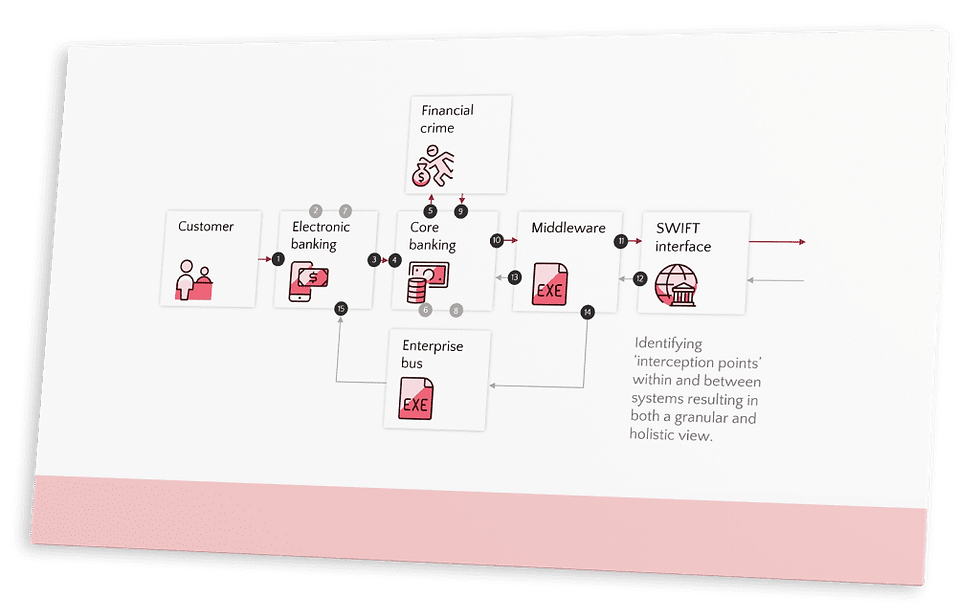Best practices for secure transaction data storage and retrieval
- intixeu
- May 30, 2025
- 2 min read
Data breaches can cripple businesses overnight. With more digital transactions every year, organisations across the UK and EU face mounting pressure to keep sensitive data safe.
Customers trust you with their information, and that trust depends on how well you manage and protect it. From compliance issues to cybersecurity threats, the risks are real. That’s why transaction data management matters smart.
Let’s break down the best ways to securely store and retrieve transaction data while staying compliant and ahead of cyber risks.

Adhering to the UK and EU data protection laws
Start by aligning your strategy with the UK GDPR and PCI DSS regulations. These legal frameworks outline how businesses must collect, store, and access sensitive financial data.
UK laws require you to retain transactional records for specific durations. You also need detailed audit logs that show when and how data was accessed. If you ignore compliance, you risk financial penalties and permanent damage to your reputation. So, staying up to date with legal requirements isn’t optional, it’s essential.
Encryption: Your first line of defence
Encryption converts your data into unreadable code. It protects data both in storage and during transmission. Use AES-256 encryption to secure stored data. This algorithm remains the gold standard across Europe.
For data in transit, when users send or retrieve data, use TLS (Transport Layer Security). Combine that with a strong key management policy. Rotate keys regularly and store them securely. If a breach occurs, encrypted data stays protected and inaccessible to hackers.
Strict access control and authentication
Limit who can access your data. Assign permissions based on roles and ensure users only see what they need to. This practice prevents unauthorised staff from digging into confidential data.
Add two-factor authentication (2FA) for anyone accessing the system. This extra layer of verification stops most cyber threats in their tracks. Always keep admin privileges restricted. Track all logins, changes, and data views to maintain a secure environment.
Secure retrieval with real-time safety checks
Quick access to data is crucial, but speed should not compromise safety. Use secure APIs and tokenisation to fetch data without exposing sensitive details. Every retrieval should create a timestamped audit trail.
Data access must follow a structured process. Validate user identity, limit the volume retrieved, and record each session. Validate user identity, limit the volume retrieved, and record each session. These steps make retrieval seamless yet secure.
Audits, testing, and response plans
Regular audits uncover hidden risks. Schedule penetration tests and vulnerability scans often. These show how attackers might break in and also give you time to fix issues.
Effective transaction data management helps protect customer trust and ensures legal compliance. From encryption to access control, every step counts. If you need expert tools for secure data visibility and control, Intix offers advanced solutions designed for secure financial data management and retrieval.


Comments